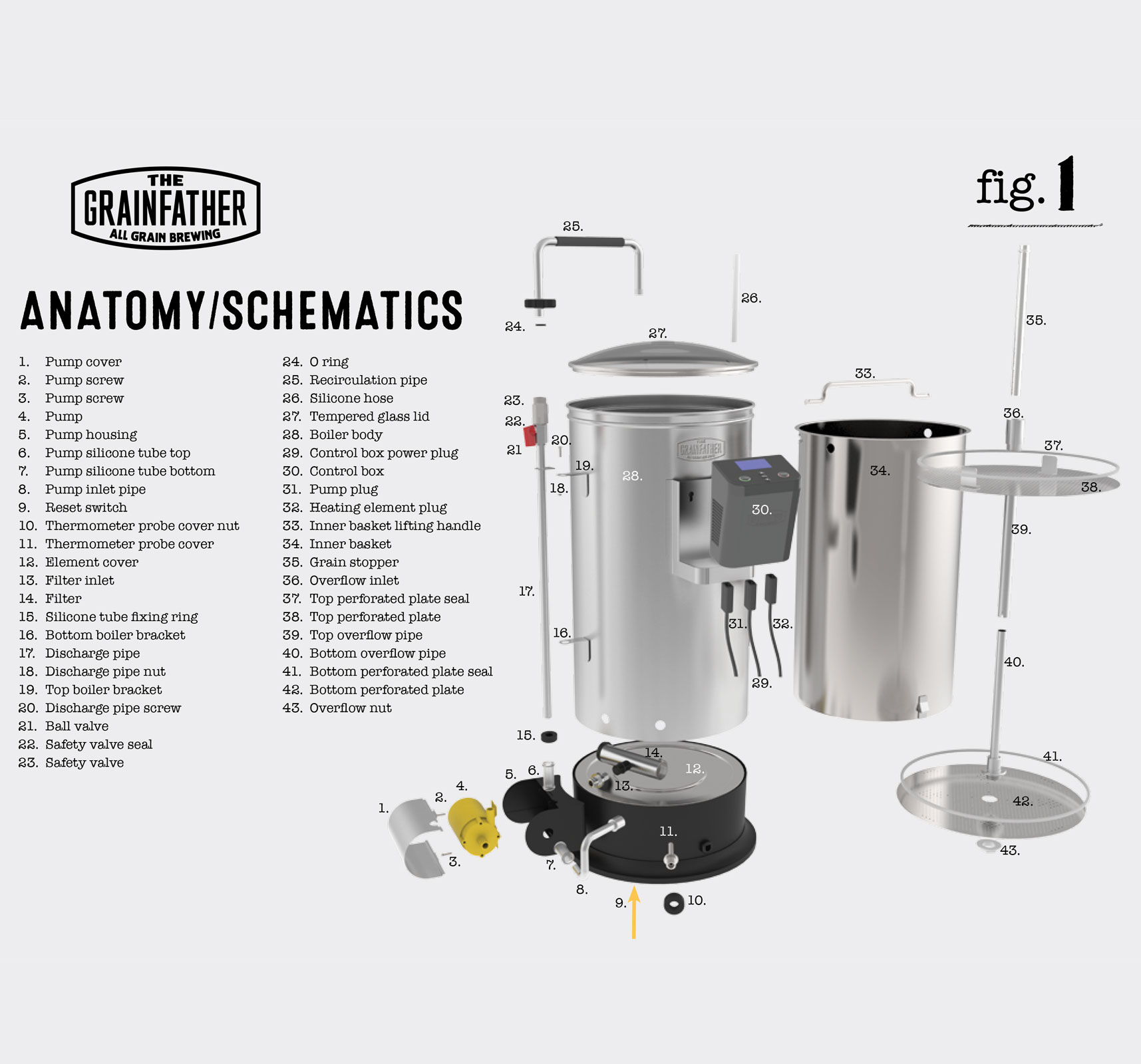

#Grainfather beersmith download#
They are all in a spreadsheet which you can download from the IoT Expert Github respository which you can find at That repository contains a spreadsheet called “beer-smith-water.xlsx” which has my version of the formulas which seem to match BeerSmith 3.1.08 So I decided to reverse engineer the calculations, which I mostly have done (with a few issues). I am sure that there is a beautiful document in the Beer Smith documentation library which I haven’t found which explains the answer to the question of how the water volumes are calculated in Beer Smith, but I couldn’t find it. Turns out there are a boatload hits that are some variant of “how do I match what the Grainfather and BeerSmith think for water volumes”. The numbers didn’t really add up and there were a bunch of things which I didn’t really know. I started trying to reconcile the water volume information coming out of Beer Smith with what was coming out of the Grainfather software. The tool is seems to have a substantial amount of empirical knowledge built into the tool – Ohm’s laws for beer?
#Grainfather beersmith software#
The software was clearly built with years of “experience” in making beer and is also clearly a reflection of his workflow.

Game on.īeer Smith 3.0 is a interesting piece of software written by Brad Smith that was made to design and help you implement beer recipes. And, as you know figuring things out is more than half the fun for me. Nathan at BrewerDude, my local home brew store, told me that using Beer Smith was the best way to improve my results. I own and use a Grainfather, so I have been using their software, but honestly Im not a huge fan. I have been struggling to understand how much strike and sparge water to use during the making process. But, I am also an engineer so I like to “know” (and if there are any IoT Expert people still reading, you will already know that) For sure there is no danger of from me any time soon. At this point I have only done 26 batches so I am a long way from expert. I started at the beginning of COVID in March 2020. What does this have to do with IoT? Nothing. A discussion of the algorithms to calculate water volume in Beer Smith 3.0 including a spreadsheet showing the calculations.


 0 kommentar(er)
0 kommentar(er)
